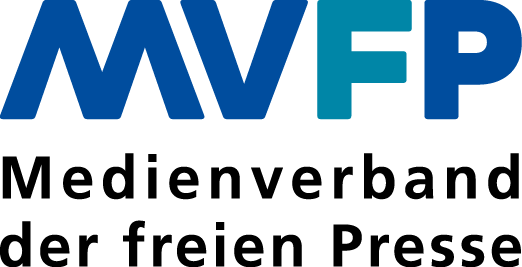Paid content models: lessons learned
"It’s early days for everything related to digital content online," she said, suggesting that many publishers implementing these models are also collecting data to help learn about online versus offline subscriptions, which helps to support the print part of the business.
Paid content models – which to choose?
Leach gave examples of some of the paid content models currently being used by publishers, which include:
Hardlocked
"Very few publishers go for this option," said Leach, "but the Times in the UK uses it, and has enjoyed some success."
Metering
"The best know option. The Financial Times (FT) originally selected it and also the New York Times (NYT) – it’s harmonising well with digital advertising."
Freemium
"The Wall Street Journal (WSJ) uses this free, and it offers some free and some paid content. There are also hybrids of this model too and."
"Federated" paywall
"This is used by a lot of magazines, and is essentially a paywall with multiple publishers behind it. The challenge with this model is it requires aligning publishers interests, which can be tricky to maintain."
Micropayments
"An interesting area that can helps publishers go beyond monetising their audiences."
Growing digital subscribers
Leach’s examples of successful paywall implementations included Poland’s Gazeta Wyborcza, which has grown its digital subscriber base from 10,000-55,000 within a year. "This is proof that you don’t have to be the NYT or WSJ to do this successfully," she said.
Focus on the data
"Publishers who are successful have made a paid investment in data, and not just paid lip service to it," said Leach. The FT and NYT are showing a huge commitment to data, where the FT employs an analytics team of 30 and at the NYT, 40-50 people are "dedicated to analytics and customer insights." Leach said that the NYT’s data teams sit with editorial teams, meaning they are "embedded with decision makers” and the data can be "truly leveraged".
"Paywalls can provide data that can be interrogated not only for marketing but can also be a key input into thinking about where publishers are investing in content," said Leach. "Insight into the digital advertising part of the business can also be collected."
So, what’s the silver bullet? "It depends on many factors, but it’s encouraging to see that publishers are willing to innovate and change what previously had worked, based on how customers are constantly evolving."
A panel session followed, in which several paid content experts gave their thoughts on the subject:
Falk-Florian Henrich, founder CEO, CeleraOne, Germany
"We’ve learned that implementing a simple paid content model is not enough if you want to be successful. Look at companies driving digital success – you’ll see that also leveraging the customer data you get is key to success. There are still high percentage of visitors to sites that don’t pay and we’re doing our best to convert them and lower the churn rate."
Nikolay Malyarov, EVP, chief content officer and general counsel, PressReader, Canada
"We offer publishers an ‘all you can read’ model, and the benefit to this is that they find audiences that are perhaps not necessarily looking for their content. It also allows them to reach into perhaps difficult segments."
Philipp Graf Montgelas, managing director, Readly, Germany
"It’s key for publishers to use their data – we’ve built a tool within our system to see which articles are read, by who and how much is spent on articles. This is just the beginning, but to make paid content work, publishers have to move fast."
Marten Blankesteijn, CEO, Blendle, Netherlands
"We have a team of 40, with an average age of 26. Our aim is to make our friends pay for journalism again. What we see happening with paid content, is similar to what happened in the music industry. It doesn’t make sense because everything is available for free on YouTube, but we all pay for Spotify. Why? Because it works. We’re trying to do that with journalism – making it so fun and easy to access that people don’t care about paying for it."
"You need to stop giving away your best articles for free. How can you make money if you give all your jewels away for free?"
Story by Amy Duffin, FIPP





